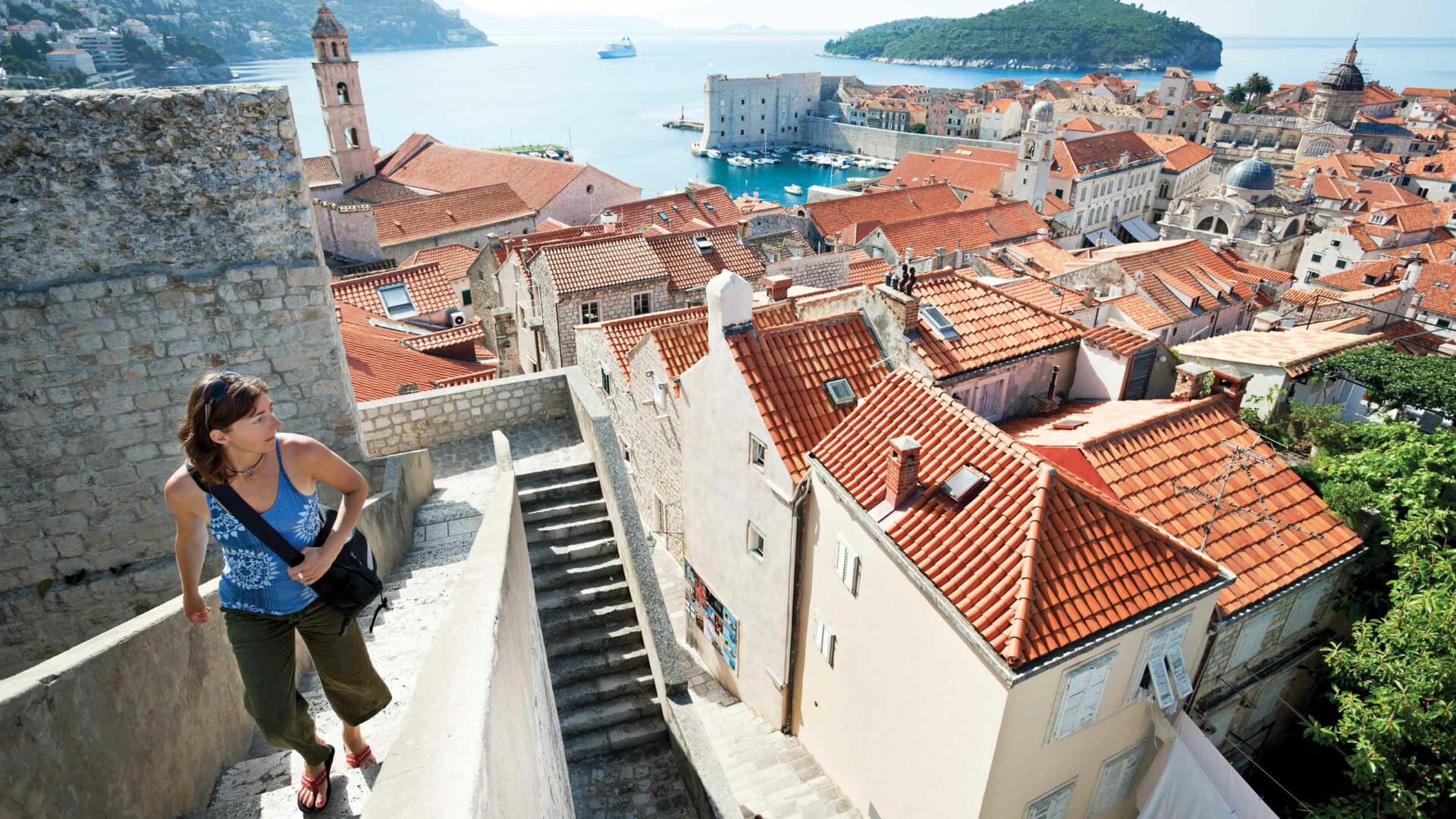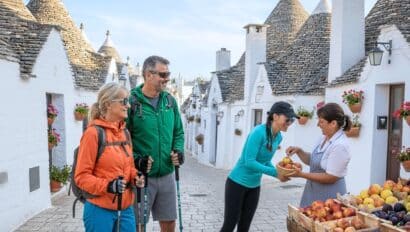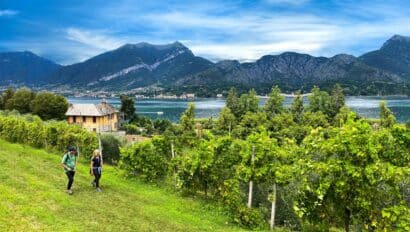A Dalmatian Dream: Walking Through Centuries, Islands, and the Unexpected in Croatia

Ever since news splashed across the wine world that a bottle from Croatia’s Grgich Winery beat out the French at a fabled global competition, I’ve been itching to find the source of all that Adriatic alchemy. Was it the quartz-flecked earth of Pelješac? Was it the magical sea breeze, or perhaps something older still—the quiet sense that ages and empires have all left their mark here? I’d sipped the legend from afar. But it wasn’t until Classic Journeys’ Cultural Walking Tour swept me along the storybook stone paths of the Dalmatian Coast that I truly tasted its soul.
Island-Hopping With History in the Air

Dubrovnik’s ramparts—so often called “The Pearl of the Adriatic”—were my gateway, their burnished stones glowing gold in the morning sun. From the city walls, the classic Croatian phrase echoed in my mind: “five centuries of independence, one thousand islands, and a million shades of blue.” It was impossible not to feel small and lucky as I wandered the cobbled lanes, each turn revealing a new bakery, a jazz musician, or the whispered intrigue of ancient mariners. Locals spoke with joy about Old Ragusa’s free spirit and its elaborate diplomacy—a Venetian rival and now, a UNESCO World Heritage wonder, not just a Game of Thrones set.
By the second day, I was island-hopping like a local, ferrying to lush Lokrum, where peacocks strolled through botanical gardens and the ruins of an 11th-century Benedictine monastery—a place where both nature and history are protected, but the laughter of local kids and the scent of wild herbs always spill over the ancient walls.
Feasting and Foraging, Dalmatian-Style
Few places blur the lines between land and table like Dalmatia. Our guide—seemingly on first-name terms with stonecutters and sommeliers alike—led us inland to Konavle, a countryside that smelled of sage and possibility. Here, a warm-hearted farm family welcomed us like cousins at a reunion, pressing just-baked bread into our hands and waving us into their garden. We plucked sun-warmed figs, dug potatoes, swapped stories, and got a hands-on masterclass in making peka, a tender meat-and-vegetable feast cooked beneath iron bells. Our meal, paired with homemade red and white wines, tasted of the past—and the future.
And always, there was wine. At every turn, glass after glass—robust Plavac Mali reds in rustic cellars, sharp whites that echoed the salty air, sipped among the gnarled roots of Pelješac. In every vineyard, I heard the story again: Grgich’s medal, yes, but also a thousand family vintages, each bottle capturing a season on the limestone slopes that tumble down toward the Adriatic Sea.
Trails through Lavender and Olive Groves

On Hvar—one of the most storied names in island-hopping—the group traced footpaths through a purple haze of lavender. The hills above the sea were alive with bee-song, and the air itself felt perfumed by history: Greeks, Romans, pirates, Venetian merchants, all drawn here by beauty and scent. That morning, we walked through terraces lined with hand-laid stone walls, pausing to watch a lavender distiller reveal the secrets of her craft.
Down we strolled to a family’s olive grove, shimmering with silver leaves under the Dalmatian sun. Amid rows of trees planted by generations, we learned how olives are plucked with gentle hands and pressed for golden oil that tastes somehow of both wildflowers and the sea. The family set out a spread of fresh cheese, local tomatoes, and thick bread to mop up every last drop.
A Tumble through Time: Split and Diocletian’s Palace
Nowhere did the story of the coast feel more alive than in Split, where modern life and ancient grandeur tumble together like waves on the promenade. The day began on Marjan Hill, pine-scented and panoramic, then wound downward through Varoš—once a fishing enclave, now a warren of cafes and pastel shutters. Each alley held a story, and every local seemed to have a favorite.
But the heart of Split is Diocletian’s Palace: a UNESCO masterpiece, yes, but also a living, breathing part of the city. Romans, Emperors, and merchants all jostle with modern-day shopkeepers and musicians under the sunlit columns. My guide knew every secret nook, from the temple-turned-baptistery to the hidden wine bars and wild fig trees growing from fourth-century walls.
It was here, inside the palace, that the magic of the Dalmatian Coast truly crystallized for me: history isn’t something that happened ‘over there.’ It’s lived here, right now, in the swirl of a glass of wine, the laughter echoing down a narrow street, the lavender drying on a windowsill.
Unraveling the Coast, One Step at a Time
As Classic Journeys promised, I found the Dalmatian Coast on foot and at eye level, with every “must-see” viewbook moment—sunsets shimmering over pebbled beaches, the ancient hills above Hvar, village squares buzzing with festivals—balanced by the unhurried pace and generous spirit of the people who keep its traditions alive. I island-hopped, taste-tested, and time-traveled through land and legend. Yes, Grgich’s gold medal called me to Croatia, but what stays with me are the simpler, richer rewards: a sun-warmed tomato, a fisherman’s tale on the harborside, a toast made among new friends, as a sea breeze stirred the lavender and swept history into my heart.




